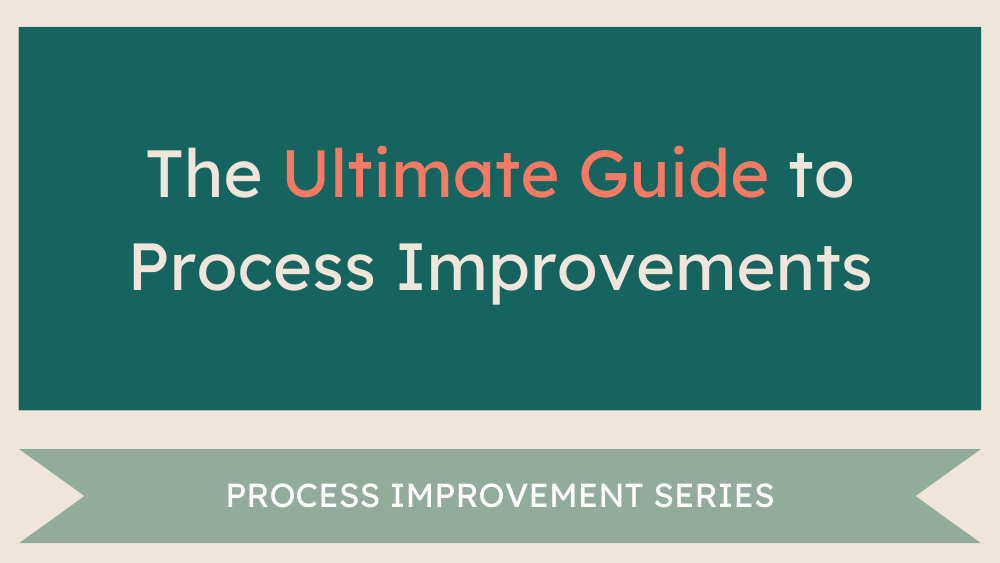What Does a Project Manager DO?
Ever wonder what your project manager is doing all day? Or maybe you’re curious about breaking into project management yourself but aren’t exactly sure what the role entails?
Project management can seem like one of those mysterious roles that everyone knows is important, but doesn’t exactly know how to describe. In fact, the exact roles and responsibilities can vastly differ across industries! The day-to-day of a construction project manager will not look the same as a brand’s creative project manager.
The thing they all have in common, though? Project managers wear a lot of hats. Part strategist, part therapist, part detective, and part air traffic controller – often all at once.
Whether you’re considering a career in project management or trying to understand what value a project manager could bring to your team, let’s explore what project managers actually do every day.
The Big Picture View
One of the most valuable things a project manager brings to any team is perspective. While everyone else is focused on their specific piece of the puzzle, project managers are the ones zooming out to see how all those pieces fit together.
Think of the person holding the top of the puzzle box while everyone else is working on individual jigsaw pieces. Project managers help teams understand not just what they’re building, but how their work connects to everyone else’s, what the timeline looks like, and how it all ladders up to broader business goals.
This bird’s-eye view helps teams:
Understand how their work impacts other departments
See dependencies they might not have considered
Stay aligned with broader company objectives
Make decisions with the full context in mind
Without this perspective, teams can end up building beautiful solutions that don’t quite fit together – or worse, working toward different definitions of success.
We Stay in the Weeds (So You Don’t Have To)
While project managers are great at big picture thinking, they’re equally obsessed with the details. Project managers are the ones tracking all the small moving pieces so individual contributors can focus on their actual work.
They’re keeping tabs on:
Who’s waiting for what from whom
Which deadlines are coming up next week
What approvals are still pending
Where potential bottlenecks might emerge
This isn’t about micromanagement, it’s strategic attention to detail. By staying on top of the small stuff, PMs can spot issues before they become problems and keep projects moving smoothly. The right project management tools can make this tracking much more efficient, helping PMs automate status updates and visualize dependencies.
For example, your project manager might notice that the design team is waiting on brand guidelines that are stuck in legal review, and proactively follow up to prevent a two-week delay down the line.
Cross-Functional Translator
Ever been in a meeting where the engineering team and the marketing team are basically speaking different languages?
Project managers spend their days working with different departments, so they get really good at translating between teams. When the developers say “that’s going to require significant backend changes,” a PM can help the marketing team understand what that means for their launch timelines. When marketing says they need “more flexibility in the messaging,” a project manager can work with both teams to figure out what that looks like technically.
This translation work includes:
Facilitating conversations between teams with different priorities
Breaking down technical concepts for non-technical stakeholders
Helping teams understand each other’s constraints and processes
Finding compromise solutions that work for everyone
Without this, projects can get stuck in miscommunication loops that waste time, duplicate work, and result in frustration. Implementing structured processes can help teams communicate more effectively and reduce these costly miscommunications.
Pulse Checker & Risk Spotter
Project managers are constantly taking the pulse of their projects. They’re the ones asking “How are we really doing?” and “What could go wrong? No…really.”
This means a project manager is always monitoring:
Are we on track with our timeline?
Is the budget still realistic?
Are team members feeling overwhelmed or under-supported?
What external factors could impact our plans?
But a project manager isn’t just identifying risks, they’re actively working to mitigate those risks. Maybe a project manager notices that a key team member is getting pulled into too many other priorities, so the PM works with their manager to protect their time. Or the PM sees that a vendor deadline is looking shaky, so they start exploring backup options.
The goal isn’t to be the bearer of bad news, but to surface issues early when they’re still manageable.
Momentum Keeper
Project managers make sure projects don’t just start strong, they finish strong too. People get busy with other priorities, communication gaps emerge, someone goes on PTO, and suddenly that exciting initiative is gathering dust.
With their finger on the pulse, project managers are working behind the scenes to eliminate friction by:
Sending regular updates so everyone stays informed
Following up on commitments and deadlines
Celebrating wins and milestones along the way
Removing obstacles that slow teams down
Making sure decisions get made when they need to get made
Having the right project templates and workflows in place can significantly reduce the friction that slows teams down and help maintain momentum throughout the project lifecycle.
Strategic Guide
Good project managers don’t just execute, they’re always thinking about how to do things better next time.
Throughout a project, they’re evaluating:
What’s working well that we should repeat?
Where are we hitting consistent roadblocks?
How could we streamline this process?
What would make this easier for the team?
After projects wrap up, a PM often facilitates retrospectives to capture lessons learned and identify opportunities for improvement. They might discover that certain approval processes are creating unnecessary delays, or that teams need better tools to collaborate effectively.
This continuous improvement mindset helps organizations get better at executing projects over time, not just completing them. Learning specific process improvement methodologies can help project managers approach this more systematically.
Unblocker-in-Chief
When teams get stuck on decisions, project managers step in to help move things forward. They’re not necessarily the decision makers, but they’re really good at laying out options and facilitating the decision-making process.
This might involve:
Researching different approaches and their tradeoffs
Setting up the right conversations with the right people
Breaking big decisions into smaller, more manageable pieces
Creating frameworks to evaluate options objectively
Escalating to the appropriate level when needed
The key is helping teams move from “we don't know what to do” to “here are our options and their implications” – then supporting whatever decision gets made.
Signal Booster
In today’s world, everyone is drowning in information and competing priorities. Project managers help teams cut through the noise and focus on what actually matters for their project.
They’re constantly filtering and prioritizing:
Which updates require immediate attention vs. nice-to-know information
What feedback is actionable vs. what can be noted for later
Which meetings are essential vs. which can be async updates
What scope changes are worth considering vs. what should be parked for phase two
By amplifying the important signals and reducing the noise, project managers help teams work more efficiently and with less stress. Simple process improvements can help teams focus on what matters most and eliminate unnecessary complexity.
Final Thoughts
Project management is about removing friction, facilitating communication, and helping teams do their best work. When projects run smoothly, deadlines are met, and teams feel supported – that’s usually a sign that solid project management is happening behind the scenes.
If you’re curious about how project management could help your team work more effectively, or if you’re looking to improve your own PM skills, let’s chat! Get in touch to explore what better project management could look like for your specific situation.
More Resources









